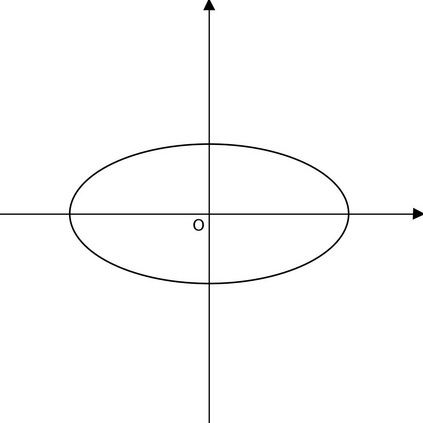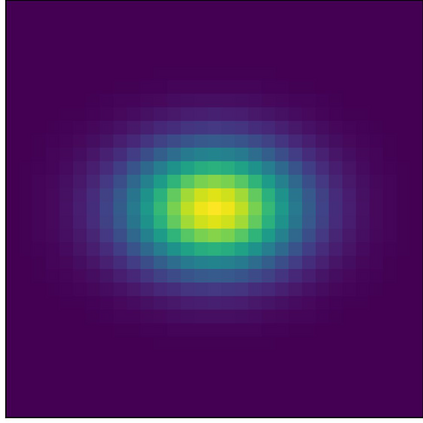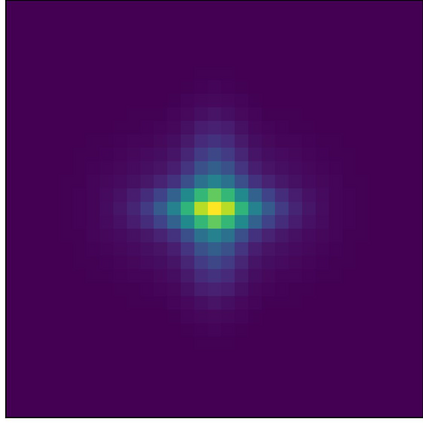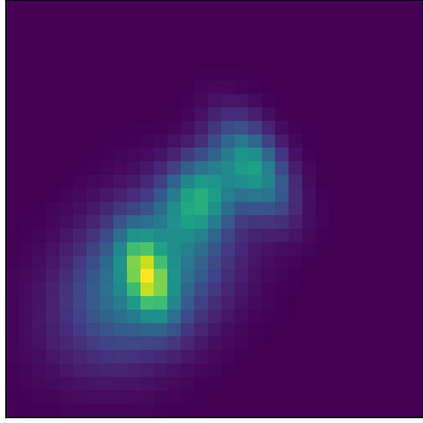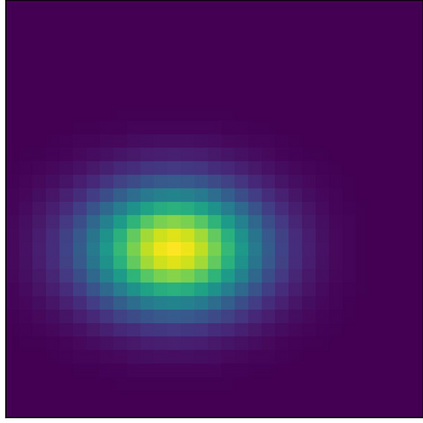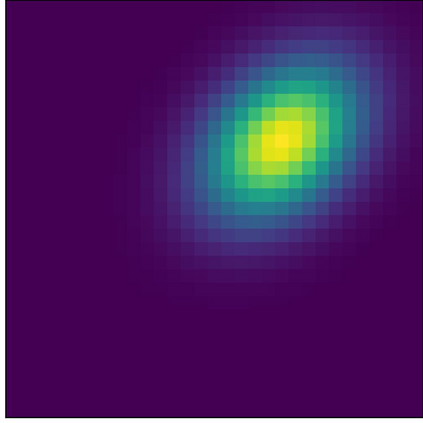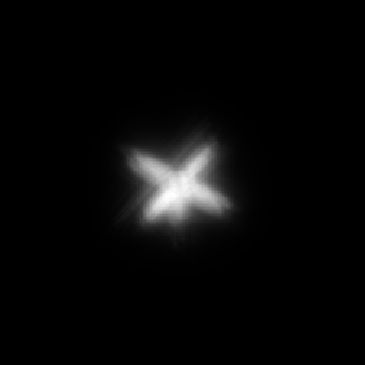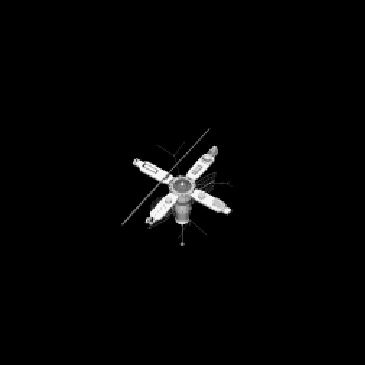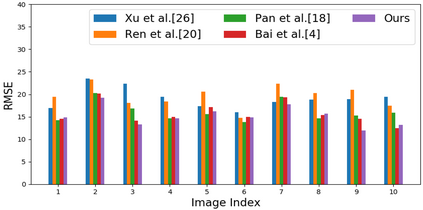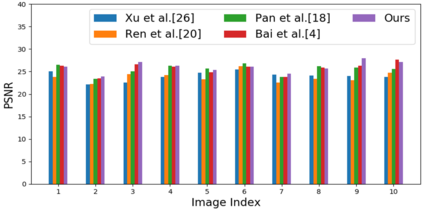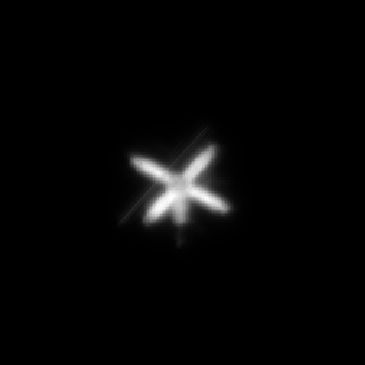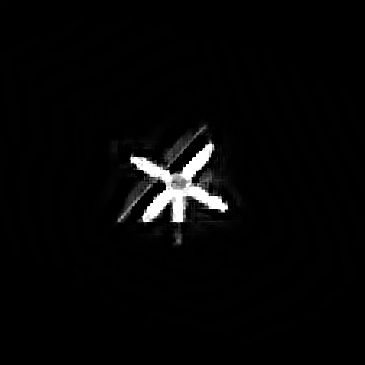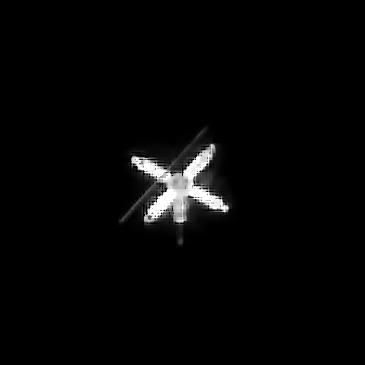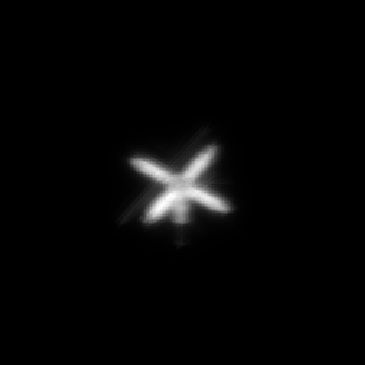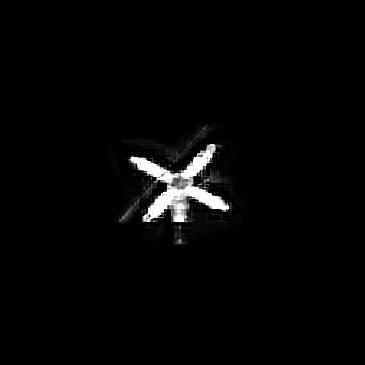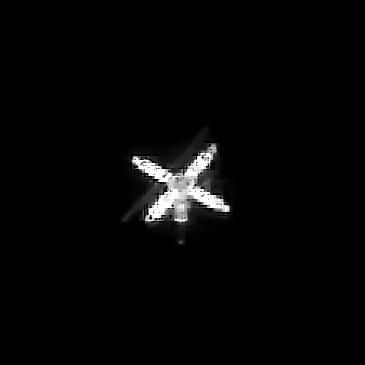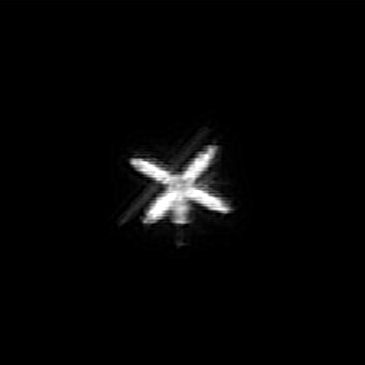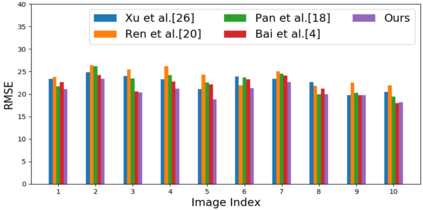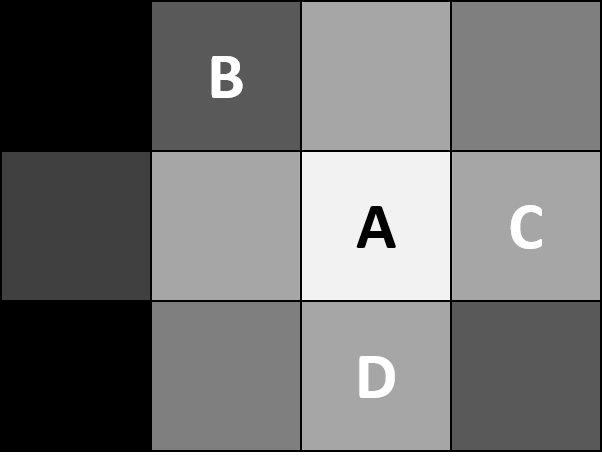Blind Image deblurring tries to estimate blurriness and a latent image out of a blurred image. This estimation, as being an ill-posed problem, requires imposing restrictions on the latent image or a blur kernel that represents blurriness. Different from recent studies that impose some priors on the latent image, this paper regulates the structure of the blur kernel. We propose a kernel mixture structure while using the Gaussian kernel as a base kernel. By combining multiple Gaussian kernels structurally enhanced in terms of scales and centers, the kernel mixture becomes capable of modeling nearly non-parametric shape of blurriness. A data-driven decision for the number of base kernels to combine makes the structure even more flexible. We apply this approach to a remote sensing problem to recover images from blurry images of satellite. This case study shows the superiority of the proposed method regulating the blur kernel in comparison with state-of-the-art methods that regulates the latent image.
翻译:盲人图像分流试图从模糊图像中估计模糊度和潜在图像。 这一估计是一个不恰当的问题,要求对潜在图像或代表模糊度的模糊内核加以限制。 与最近对潜在图像进行的一些前科研究不同, 本文对模糊内核的结构进行了调控。 我们用高山内核作为底核, 提出一个内核混合物结构。 通过将结构上在比例和中心方面得到加强的多个高山内核结合, 内核混合物能够模拟几乎非参数的模糊度形状。 由数据驱动的基内核数量决定使结构更加灵活。 我们对遥感问题采用这种方法从模糊的卫星图像中回收图像。 本案例研究显示, 与管理潜在图像的状态技术方法相比, 拟议的管理模糊内核的方法具有优越性。


